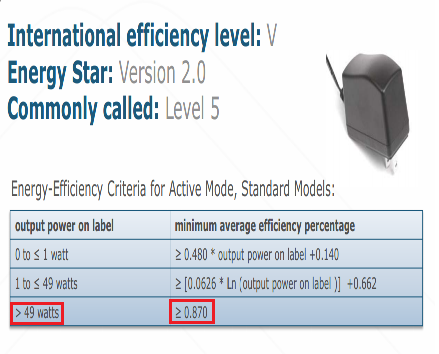| captain carot said: Have you actually read about the SETA tire model and other stuff? That is the actual problem. It's not the renderer. Maling a smart guess SMS uses a lot of that stuff. AA is basically optional. Well, for PC. So again a guess, they only use post processing AA for Wii U already. Those Batching and and Occlusion Culling benchmarks where under perfect conditions by the way. That still doesnt help with to demanding physics and stuff like that. SETA uses a FEM simulation for the tire carcass as well as two other parts. For every tire. That is quite demanding. |
Yes, I have read about it, thats why i am proposing solutions to reduce stress on the cpu and gpu as much as possible sand make the 30fps possible despite the strain cuased by the physics
Of course that the only way to know which solutions are they already trying is to see the source code of the game. but occlusion culling is is not that widely used as frustrum culling, and maybe they could have missed batching as the game is a port from pc and we know that optimizations from pc are oftenly skipped(expecting pc gamers to solve it by buying powerful harwdare). And again, they mentioned that they could reach stable 30fps with some effort, not that it was impossible.
Yea, probably the benchmarks were done on perfect conditions but look at the numbers, even in the worst conditions do you think is impossibel to get 7fps to reach the 30fps?
And i am not making assumptions, there is already a developer who used occlusion culling to keep the 60fps on a game
Do you want to know who?
here
@HylianCIA Yes, without Occlusion Culling 60fps would be impossible in dense areas. It also takes a lot of strain from the CPU.

Of course that the easiest solution is dynamic frame buffer so that resolution will change instead of the frame rate durign gameplay like what sony did on Wipe Out HD to keep stable 60fps at variable 1080p(resolution could go as down as 1280x1080), from what eurogamer says the chnage is not that noticeable due to the nature of the game
http://www.eurogamer.net/articles/wipeout-hds-1080p-sleight-of-hand
"
Sony Liverpool's WipEout HD is the first big game for a while to be touting true 1080p credentials and regardless of its technical prowess, it's stupidly good value at GBP 11.99. It's also a superb technical effort, great to play and accessible to a level that recent releases in the series have failed to achieve.
And 1080p? True 1080p? Well yes. And no. OK, most of the time, it is. I mean look at these shots... scrutinised and measured by the ever-reliable 'Quaz51' who cast his expert eye over a number of Digital Foundry TrueHD 1080p captures:
There's still something about Ridge Racer 7 that makes it a phenomenal 1080p game, but there's no doubt that WipEout HD is the better-looking 1920×1080 effort with some beautiful shader effects and excellent art direction. But what's going on the two shots below?


They're not 1080p in the sense that the resolution is no longer 1920×1080. WipEout HD is now rendering at 1280×1080 (with some screen tear to boot), which I'm fairly sure is the game's lowest resolution - but still a 50% resolution increase over 720p. So what's happening? Basically WipEout HD is the first game I've come across that seems to be operating with a dynamic framebuffer.Resolution can alter on a frame-by-frame basis. Rather than introduce dropped frames, slow down or other unsavoury effects, the number of pixels being rendered drops and the PS3's horizontal hardware scaler is invoked to make up the difference. It's an intriguing solution that works with limited impact on the overall look of the game (the tearing has far more of an impact on image quality - I'm assuming that kicks in when the framebuffer can't scale any lower).
The actual amount of horizontal resolution being dropped can change on a frame by frame basis: 1728×1080, 1645×1080, 1600×1080, 1440×1080. All have been seen in the Digital Foundry TrueHD captures. The shots above appear to be 1500×1080. The dynamic framebuffer is really quite an innovative solution to the perennial 1080p problem. Even though we're seeing major differences in resolution, the human eye really will have trouble realising the difference when the detail level is changing so rapidly in such a fast moving game.
"
Of course that a variable resolution would be the last option i would like them to take, i hope they try occlusion culling and batching


















 Essay Pro
Essay Pro